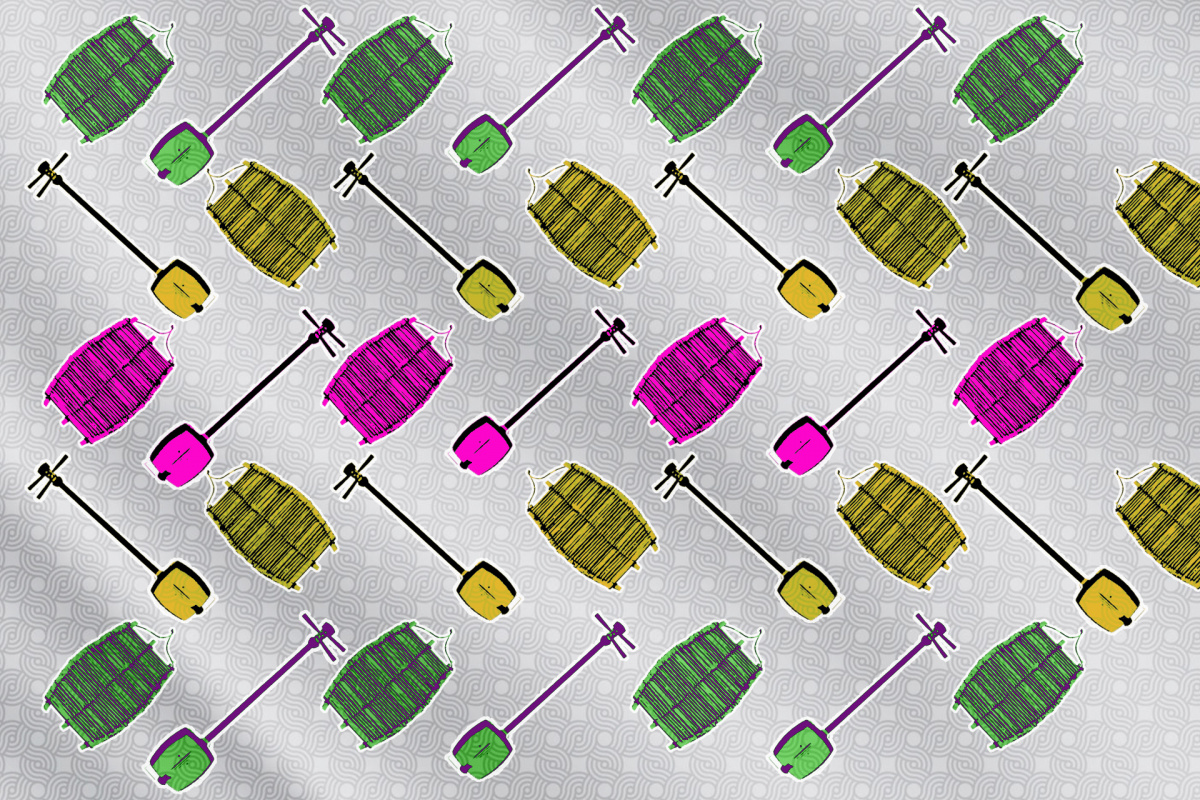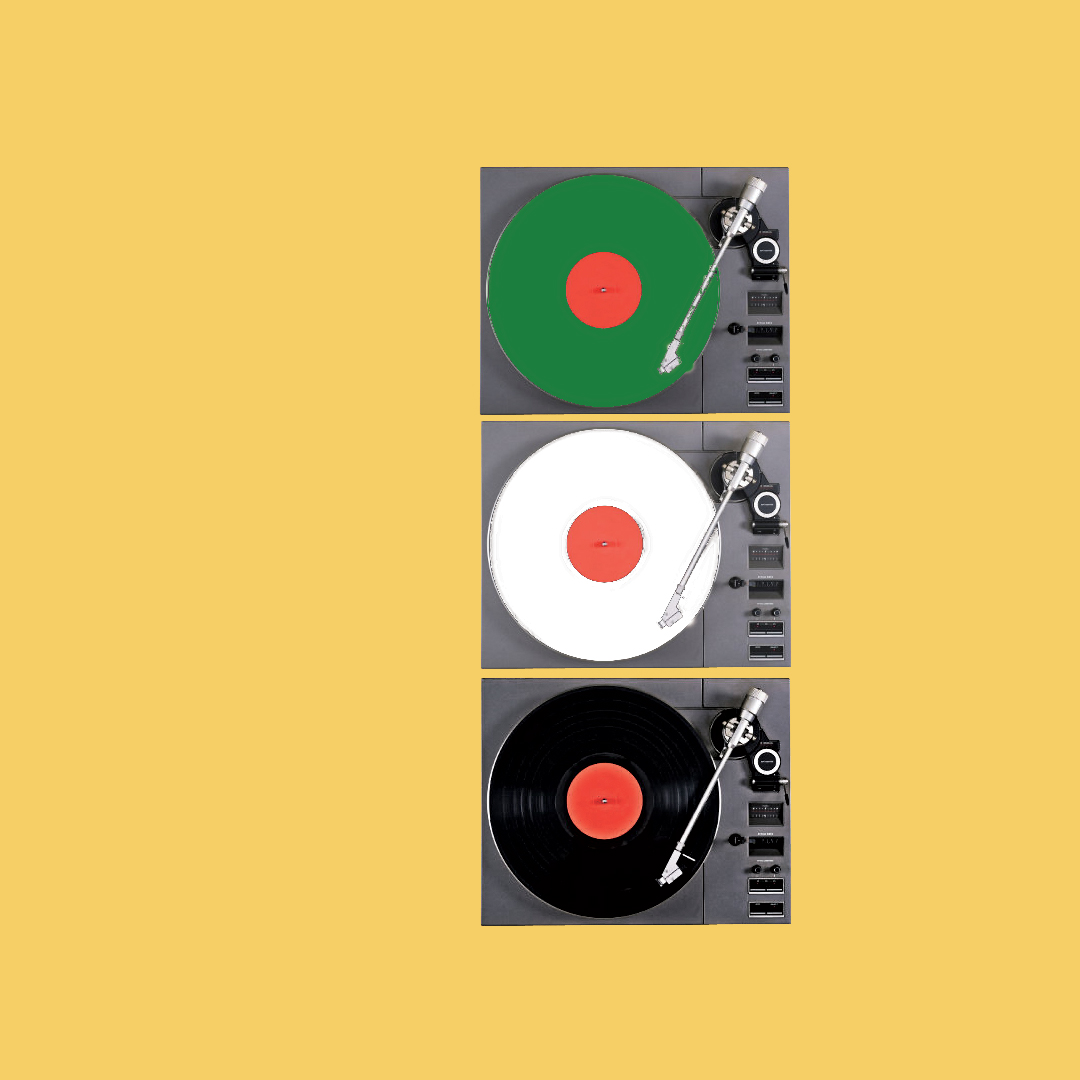
From Shamisen to Kayamba
After growing up in Japan, Sally, a Kenyan teenager, wanted to reconnect with Kenyan music upon returning home, while dealing with the meaning of that term, «home». In the process, she came to terms with her multicultural experience and identity.
Unnamed City, Japan, 2002. Sandwiched between my brother and sister in the back of the family car. I watched my dad sift through a CD album and place his choice in the CD player. A chorus of groans would rise from the back as E-Sir’s music began to emanate from the speakers. He was a big deal back home.
I wondered why dad insisted on this ritual because outside of the vehicle and culture festivals held at school, my life did not depend on my knowledge of Swahili musicians, but rather, on how fast I could assimilate into Japanese culture and understand the American education system. Picture it. A Kenyan child with an American accent belting out a Japanese song based on folklore taught earlier that week in preparation for setsubun – a Japanese holiday celebrated at the beginning of Spring.
Back Home: Foreign
Returning to Kenya in 2006, I often spoke with varying levels of fascination at the differences between Japan and Kenya. When I realized we would not return to Japan, I started to adapt. However, in many ways, I was still a foreigner to my classmates and larger family. In those moments when it got to me, I found solace in Linkin Park and Coldplay. From time to time, I stumbled across a song by a local musician playing on the radio. While I understood the language, I would politely request that the station be changed, wondering how the radio hosts would praise what to me sounded like a clumsy imitation of popular music at the time.
Confirming My Plurality
Ngugi wa Thiong’o said that life was a battle of «...the forces that are pledged to confirm our humanity and those determined to dismantle it». Looking back, I can see my father was attempting to renegotiate the domineering presence of Western music in my life. By then I adored how much alternative rock could capture and express my feelings. So much so that the style of metaphors and lyricism would creep into my work and sense of self. For the longest time, «Somewhere I Belong» (Linkin Park, 2003) was the embodiment of my teenage years.
Growing up, love and affection were expressed through material possessions and food. When I entered university in Nairobi, peers and lecturers challenged my opinions. Elani’s «Kookoo» and songs by Gilad playing from phones trailed behind me like shadows as I made my way to class. I was enamored by the seamless blend of neo-soul, classical music, and languages. When I first heard Gilad’s «Salama», I thought it was a metaphor for the ambiguous nature of people we meet daily. Only after I read the lyrics did I come to learn it was about Gilad’s experience of being a musician in Kenya. The lyrics of the song held a special place. And yet, inasmuch as I have grown to appreciate Kenyan music, I cannot forget Japanese and Western music.
This article is part of the virtual exhibition «Norient City Sounds: Nairobi» curated and edited by Raphael Kariuki and Kamwangi Njue.
Biography
Shop

Published on May 06, 2022
Last updated on August 25, 2022
Topics
A form of attachement beyond categories like home or nation but to people, feelings, or sounds across the globe.
Why Asia is not a continent and how the aesthetics of the NON Worldwide collective create new utopian notions of multi-centred origins.
Special
Snap
